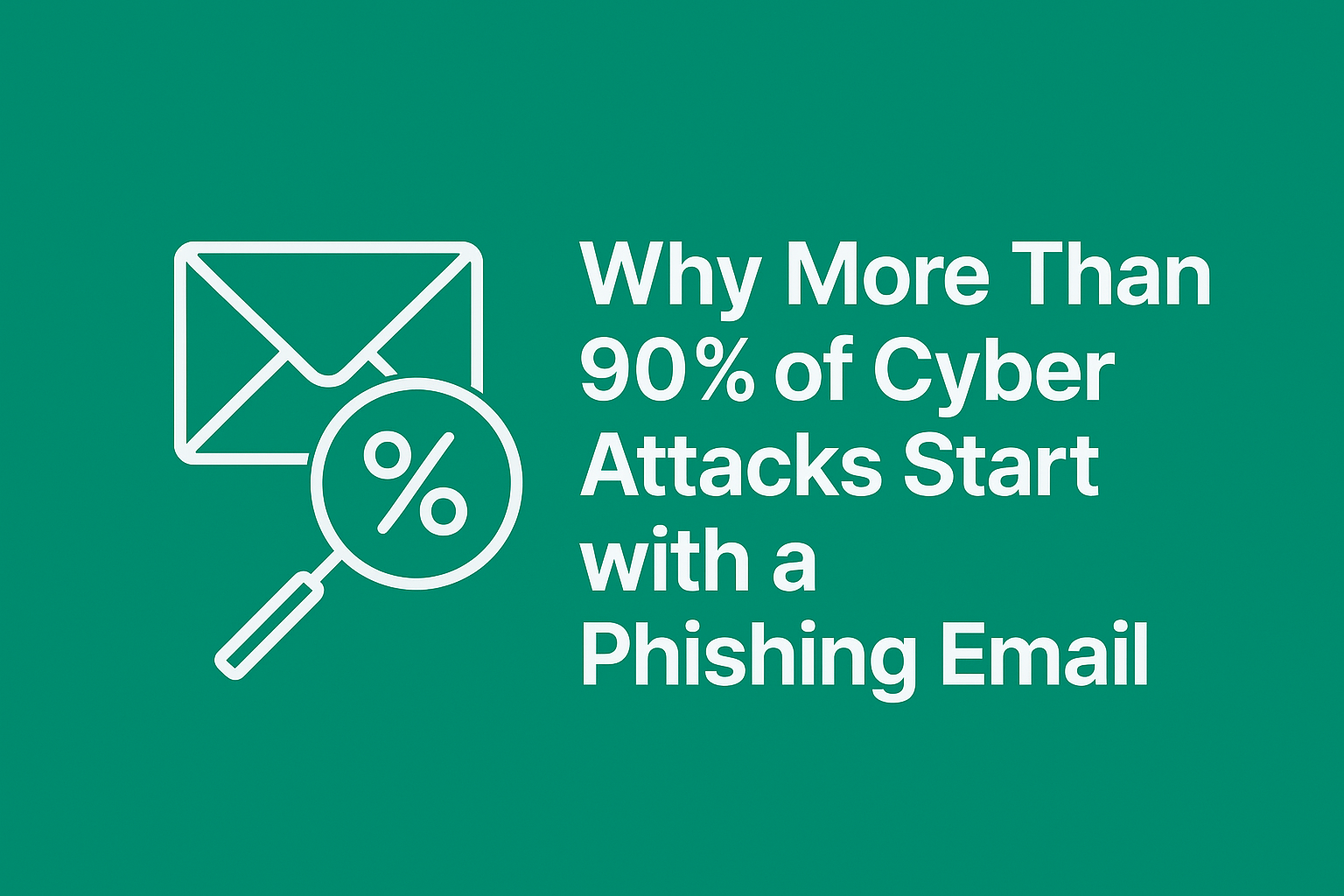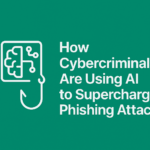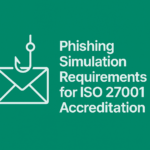You may have heard it before, but it bears repeating: more than 90% of successful cyber-attacks begin with a phishing email. That statistic is staggering. It means that for all the sophisticated tools and firewalls we use to keep hackers out, one cleverly crafted email can be all it takes to let them in. This isn’t just an IT problem anymore—it’s a people problem.
What Makes Phishing So Dangerous?
Phishing emails are like wolves in sheep’s clothing. They disguise themselves as legitimate communications from trusted sources, tricking people into clicking malicious links or handing over sensitive information. Sometimes they masquerade as urgent requests from your bank, fake package delivery notifications, or even emails from your own company’s HR department. And because they’re designed to exploit human trust and urgency, they’re incredibly effective.
Hackers know that humans are the weakest link in cybersecurity. They’re not trying to break through firewalls or crack encrypted passwords; they’re simply trying to trick someone into opening the door for them.
Why Phishing Simulation Campaigns Matter
So, if phishing is such a big threat, what can we do about it? One of the best defenses isn’t just better technology—it’s better awareness. That’s where phishing simulation campaigns come in.
A phishing simulation campaign is essentially a safe, controlled way to test how well your organization can spot and react to phishing attempts. Here’s how it works:
- Simulated Attacks: Fake phishing emails (crafted to mimic real-world attacks) are sent to employees.
- Real-Time Learning: When someone clicks on a simulated phishing email, they’re redirected to a training page instead of a malicious website.
- Ongoing Improvement: Over time, employees become more aware of the tactics used by attackers and learn to pause, think, and verify before clicking.
Think of it as fire drills for cybersecurity. You’re not waiting for a real emergency to figure out what to do—you’re preparing in advance, so everyone knows how to react when it matters most.
Building a Culture of Awareness
Phishing simulation campaigns aren’t about catching people off guard or punishing them for making mistakes. They’re about creating a culture where everyone is empowered to play an active role in cybersecurity.
Here’s why they’re so effective:
- They make learning hands-on. Let’s face it—cybersecurity training can be dry. But when people experience phishing attempts firsthand (in a safe environment), the lessons tend to stick.
- They turn employees into a human firewall. When everyone is on high alert for phishing emails, your organization becomes much harder to penetrate.
- They encourage vigilance beyond the workplace. Once people know how to spot phishing emails at work, they’re more likely to be cautious in their personal lives too.
What to Look for in a Phishing Simulation Program
If you’re thinking about implementing a phishing simulation campaign, here are a few key things to look for:
- Customizable Scenarios: Different industries face different phishing threats. Make sure the program you choose can tailor scenarios to your specific risks.
- Comprehensive Reporting: You need detailed reports to understand how well your team is performing and where there are still gaps.
- Training Integration: The best simulation programs don’t just test your team—they teach them. Look for one that includes training modules people can complete after being phished.
Don’t Wait Until It’s Too Late
The harsh reality is that cyber-attacks aren’t going away. Hackers are constantly evolving their tactics, and phishing emails are only getting more convincing. But by investing in phishing awareness and running regular simulation campaigns, you can dramatically reduce the risk of a successful attack.
At the end of the day, cybersecurity is a team effort. Technology alone can’t protect you from every threat—but a well-informed, vigilant team just might.
Ready to start your phishing awareness journey? Let’s make sure your organization stays one step ahead of the hackers.



